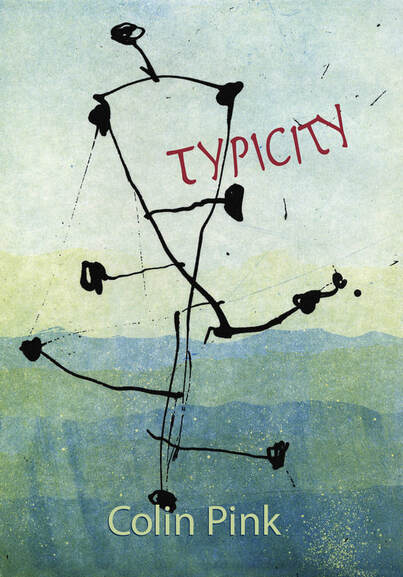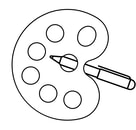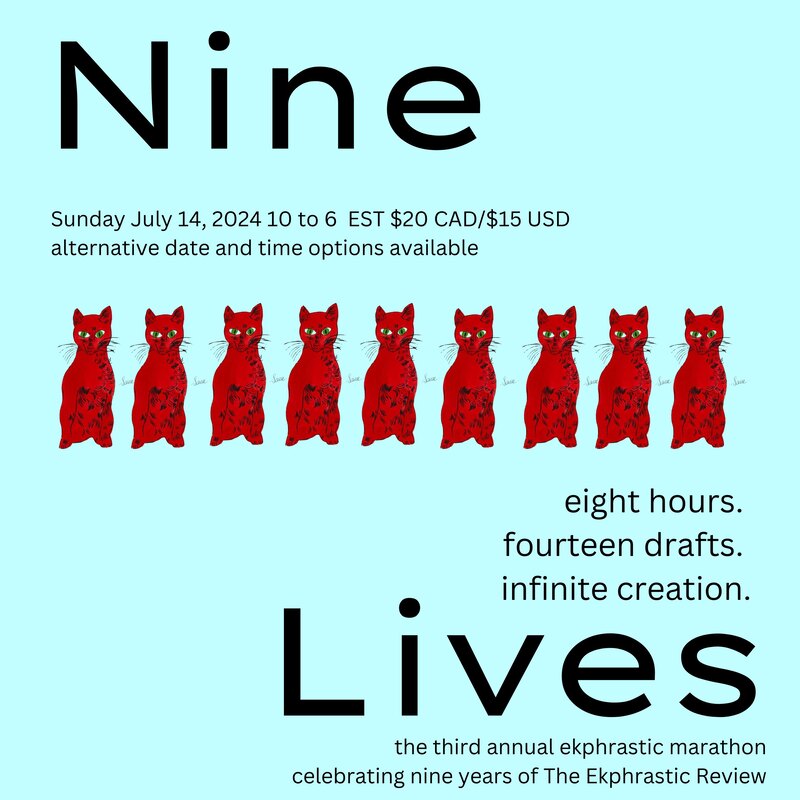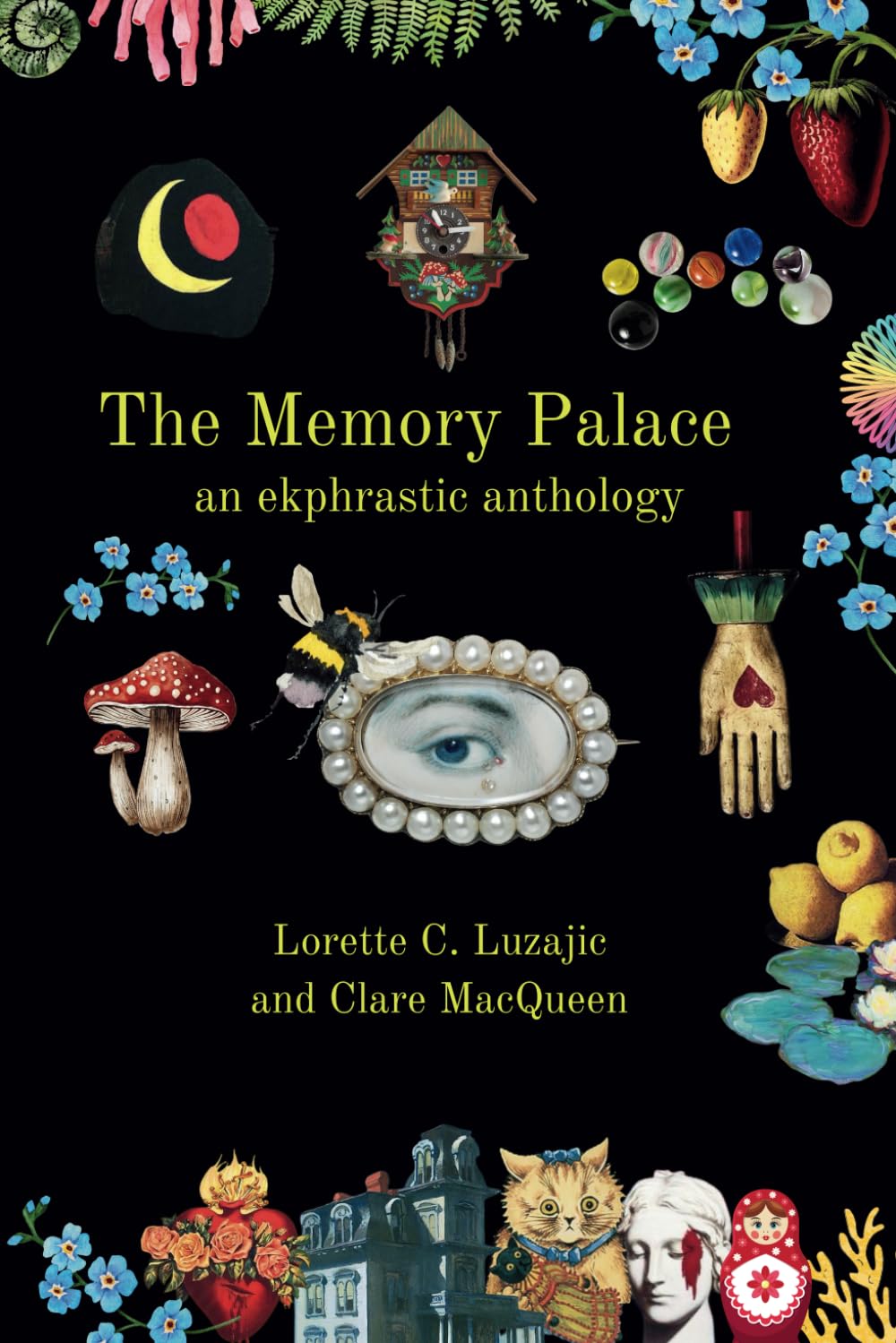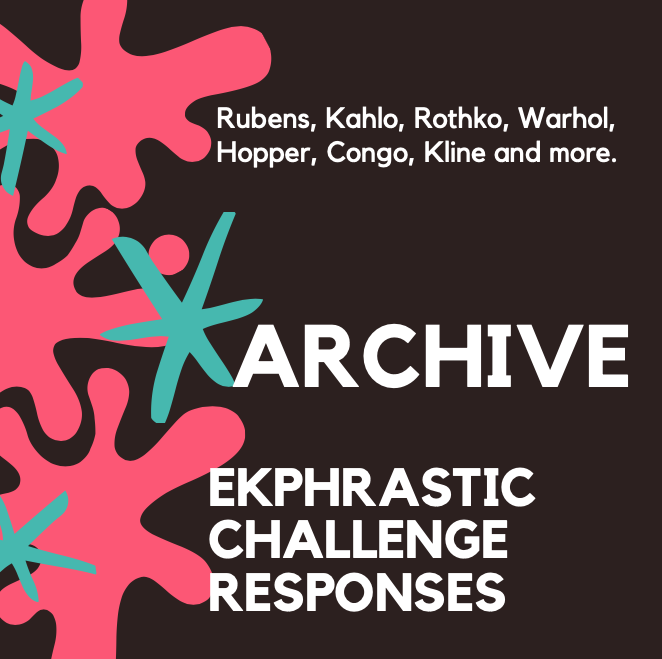|
Typicity Colin Pink £10 Dempsey & Windle ISBN 978-1-913-32937-2 Click here to view and purchase. Colin Pink is art historian as well as poet. He brings the skill of curator to his latest collection - looking around corners, embracing unusual views and themes, pointing out the unexpected. The writing encompasses personal, political, historical themes, and includes a middle section of ekphrastic poems in response to works of art. There are also tributes in memoriam to particular artists. References to the visual are never far away, the first one slips in with the second poem ‘Graffiti Triptych’, beginning with ‘Beach’ Someone had drawn a mermaid in the sand. I thought it a good likeness and took a photograph with my phone. Nearby the tide had deposited the malodorous gift of a dead fish. But the mermaid didn’t mind. Soon the sea would return and lick her hair clean with repeated strokes from hesitant but persistent incoming waves. In the same poem, ‘Bansky’ describes how the graffiti of the red balloon lifted “our collective spirits” but then One day, as I passed, a council worker was busy noisily sandblasting her off the face of the earth. Pink takes our elbow, companionably shows us the attractions, then flicks on a torch so we see the darker side. There is wit too – the silence of a dentist’s waiting room carries painful apprehension in the cleverly entitled ‘4’33” after John Cage’, referencing the composer in a subtle musical ekphrasis It would always start slowly: a gentle slither and flick of magazine pages accompanied by the counterpoint of the distant ringing of a telephone The ‘Triptych’ reappears in a very personal poem, a reflection on the death of the poet’s mother: ‘Final Words’, ‘Mother’s Bed’, ‘My First Birthday’, where the image of the ‘bed’ represents both birth and death: Afterwards, they came and dismantled the bed. It was special and could tilt in any direction; you could lower it all the way to the floor. Now they’ve packed it away it seems surprisingly small. But it is in the middle, Ekphrastic, section of the book where Art is celebrated, laid out in glorious texture, colour and form — from the classicism of van Eyck and Dürer to the early expressionism of Macke and the abstract expressionism of Cy Twombly. ‘Two Engravings by Albrecht Dürer’ offers us a pair of poems after a pair of engravings: the ‘Vita Imaginativa’ and the ‘Vita Contemplativa. In the former, Pink probes beneath the “perpetual hum of thought” to reveal that: […] The hand-saw of doubt rasps the mind, embeds splinters of discontent and the itch of disappointment. Pink’s writing explores all the senses; we hear and feel as well as see. In ‘Vita Contemplativa’: “Everything / listens to the scrape of Jerome’s nib on the smooth vellum.” “The room of contemplation breathes easily.” Pink shows us the character behind a portrait. In ‘The Vision of Chancellor Rolin after a painting by Jan van Eyck’ the Chancellor’s “gimlet eye” assesses the vision as if “to negotiate / a deal; reach some accord; strike a bargain with heaven.” Pink deftly sketches the political background too: As Chief Advisor to the Duke of Burgundy he knows all the ways to manipulate with bribes and threats in the court and market. His portrait is by the top court artist; nothing but the best can purchase piety. The irony in the final line is characteristic of many of Pink’s poems. His ‘One Night in Babylon (Portrait of Count St. Genois d’Anneaucourt by Christian Schad)’ opens with the striking statement “Things fall apart; so let’s dance while the money lasts;” and ends “but why choose? After all it’s the 1920s; and anything goes.” This poem too captures the social milieu of the characters, Pink shows us so much more than the painting. Physicality and sensuality are beautifully expressed in three poems after paintings by August Macke of his wife Elizabeth. The first is ‘Elizabeth Macke with Apples’: Her white shawl caresses her with light bright as herself. Her eyes and lips make three perfect almonds bracketed by the calligraphy of her eyebrows and chin. She looks down to her left confident in the fruition of all things. We feel Pink’s response not only to the painting, but also to the love of the painter for his wife: Moontide full she knows the touch of brush, the smell of paint, the crunch of apple, the repose of hidden seeds. And in ‘Confluence Point after the painting by August Macke 1911’: His brush knows how it feels to touch your skin and the joy of surveying the topography of your breasts and thighs and everything in between. Pink conveys the sensuality of the shapes in the landscape “the intimacies he knows.” In contrast to this beauty Pink forces us to look in stark couplets at the drama of ‘Lepanto (after Cy Twombly)’: It’s a wake of sorts: procession passing, scrim of dream, blazon of nightmare. The battle is over; all that’s left scattered gifts: driftwood limbs, blood stains diluted on the tide. We are made to share the experience: The ooze of history seeps between our toes We are brought into the event: A stigmata of blisters blossoms on our palms, our oars dipping, sparkles surfacing, fish leaping. Rowing against the tide our strokes carry us ever nearer to the elusive coast of Bohemia. These are well-crafted poems; rhyme occurs naturally, slips in unlaboured, sometimes half rhymes, sometimes internal within a line. Pink uses a variety of forms: couplets, tercets, quatrains, prose poems, open field. He explores traditional forms like the sonnet and ghazal, but is not afraid to experiment with new ideas – his triadic couplets, for example, appear in several poems. In ‘Stelae (i.m. composer Elizabeth Lutyens)’ Pink has devised a form where the shape of the writing replicates ancient grave markers. The intriguing title of this collection, 'Typicity' is a reference to the wine-maker’s art. It describes how faithfully a wine reflects varietal origins and characteristics, qualities that make a wine typical of a culture, a people, a tradition. Pink offers us a rich beverage – we hold it to the light, observe how it reflects, inhale the aroma, taste its complexity. Like good wine, it lingers on the palate and in the memory. Anne Symons After a career teaching deaf children and adults, Anne Symons began writing poetry in retirement. Her work has been published in Orbis, Obsessed with Pipework, Ekphrastic Review, Agenda, Poetry Salzburg Review and The Atlanta Review. She is currently studying for an MA in Writing Poetry with Newcastle University and the Poetry School, London. Read some of Colin's poetry in The Ekphrastic Review. Read a poem by Anne Symons in The Ekphrastic Review.
0 Comments
Your comment will be posted after it is approved.
Leave a Reply. |
The Ekphrastic Review
COOKIES/PRIVACY
This site uses cookies to deliver your best navigation experience this time and next. Continuing here means you consent to cookies. Thank you. Join us on Facebook:
July 2024
|
